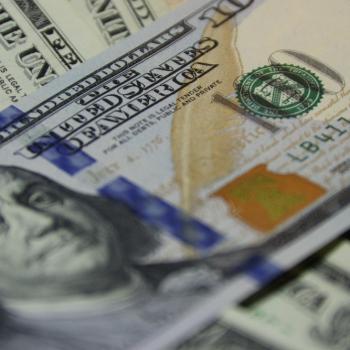Millions of people are on a debt treadmill. It starts the first time you swipe a credit card to cover a shortfall in your budget. Do that enough times, and before long you’re working to pay credit cards and other forms of debt.
The way to avoid that is by becoming self-financing—that’s being able to fully cover your living expenses without having to resort to credit. But how do you get from here to there, especially if you already have a lot of debt?
Clear some room in your budget
In many homes, the household budget is stretched to the very edge of income. That situation won’t be remedied until pressure on the budget is eased and the best way to do that is to reduce expenses.
There are two types of expenses that can be cut:
Variable expenses. When people look for expenses to cut, this is usually where they look first. Variable expenses, like eating out, groceries, entertainment, and even clothes shopping, are popular targets because while they can’t be eliminated entirely, they can usually be cut by a good amount.
You can probably cut these expenses by 20% or more and free up a lot of your budget without impacting your lifestyle to any serious extent. Often, it can be done by using cheaper substitutes, such as buying clothing at thrift stores instead of the mall, or eating at less expensive restaurants.
Fixed expenses. These include housing, cars, debt, insurance, and any other ongoing monthly expense where you have little real control over the payment. Typically, you can’t cut these without making radical changes in your life, but it is possible to hit some of the smaller ones. If you really want to make some room in your budget, you can eliminate or reduce smaller fixed expenses, like cable TV and phone service.
You can eliminate cable TV or landline phone service, but sometimes it’s just matter of replacing one service with a less expensive one. In my house, we dropped our trash bill from $55 per quarter to $36 by changing providers, and also cut our landline phone bill from $142 a month to $67 by using an internet phone service.
Get an extra income
Sometimes cutting expenses just isn’t enough, and in those situations increasing income is the only answer. Or a combination of both. If that’s the case, a part time job or side business can be the answer.
For many people, holding a second job in addition to a taxing first career is tough to swing, but maybe it can be a temporary arrangement. In the previous section we talked about the difficulty in cutting fixed expenses, but this is where an extra income can work wonders.
Let’s say that one of your fixed expenses is a $400 a month car payment. You’d have a lot more budget flexibility if you could get rid of the loan, but you still own $10,000 and have over two years remaining to pay on it.
If you can find part time work paying $10 per hour, and work 20 hours a week, you’d earn an extra $200 per week. In a month, that’s better than $800. If your after tax income is $600, and you use all of it to pay down your car loan, you’d have the loan paid off in about ten months. After the loan is paid off, you could quit the part time arrangement but you’d still have the ongoing benefit of an extra $400 each month from the loan you paid off with the part time job.
Or maybe you decide that you don’t want to leave your part time gig after the loan is paid, but just cut it back to ten hours per week. That would give you a $400 per month extra income plus the extra cash flow from the paid car loan.Not a bad deal!
Build some savings
Once you have extra room in your budget from cutting expenses and/or increasing your income, the next step is to build your savings.
It’s no secret that debt is one of the biggest reasons why so many people are so tight with their budgets. When they don’t have enough money, they borrow on credit cards to make up the difference. That gets you through this month’s budget, but it also means your debt service will be a little bit higher the following month, and every one after it.
You won’t get out of that trap until you have an adequate amount of savings. Once you do, you’ll be able to tap your savings instead of your credit cards when you’re a little short. And that will end your dependence on credit.
Use your extra budget flexibility to save until you have at least 30 days of living expenses put away. Once you do, you can split your allocation between paying off more debt, and adding to your savings.
Becoming self-financing is the way to get out of debt and gain control over your finances. It starts with your paycheck and what you do with it each month. Start now to begin spending it strategically—that is, by allocating your income in a way that will give you the greatest long term benefit. Cut expenses, find extra income, build up savings, then gradually begin chipping away at your debt to free up more income.
You’ll probably get there in less time than you think.










